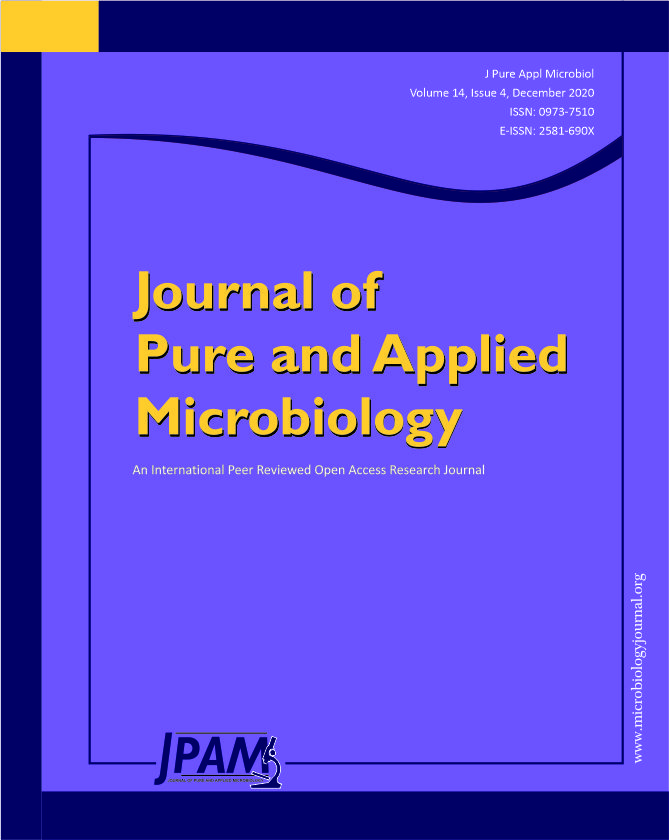The aim of the study was to investigate potential evidence for spread of antimicrobial resistance (AMR) from urban migrant labourers to labourers from local resident rural community due to sharing of common residential premises and other civic amenities. Two groups of unskilled labourers, enrolled for civil construction in a peri-urban area viz. (i) labourers having migrated from urban zone and (ii) labourers from local resident village community were compared in terms of demographic profile, history of various risk factors towards acquisition of AMR and prevalence of extended-spectrum beta-lactamase (ESBL), carbapenemase and New Delhi metallo-beta-lactamase type 1 (NDM-1) categories of AMR at enrolment and after one year of sharing of common residential premises with associated sanitation facilities using Escherichia coli as indicator organism. Higher percentage of urban migrant labourers were characterised by low literacy level, history of inhabitation in makeshift shelters without dedicated access to drinking water or cooking space, practice of defecation in open, episodes of illness suggestive of bacterial infections, faulty treatment seeking behaviour and intestinal carriage rate of E. coli with various categories of AMR compared to the non-migrant labourers from rural community. The later group showed an increase in the prevalence of carbapenem resistance with NDM-1 production during the duration of co-inhabitation with urban migrant labourers. The present study provided potential evidence for transfer of AMR by urban migrant labourers to non-migrant labourers from rural community that may serve as vehicle for further transmission of AMR to the rural community hitherto unexposed or less exposed to the problem.
Migrant labourer, ESBL, Carbapenamase, NDM-1, Escherichia coli
© The Author(s) 2020. Open Access. This article is distributed under the terms of the Creative Commons Attribution 4.0 International License which permits unrestricted use, sharing, distribution, and reproduction in any medium, provided you give appropriate credit to the original author(s) and the source, provide a link to the Creative Commons license, and indicate if changes were made.


